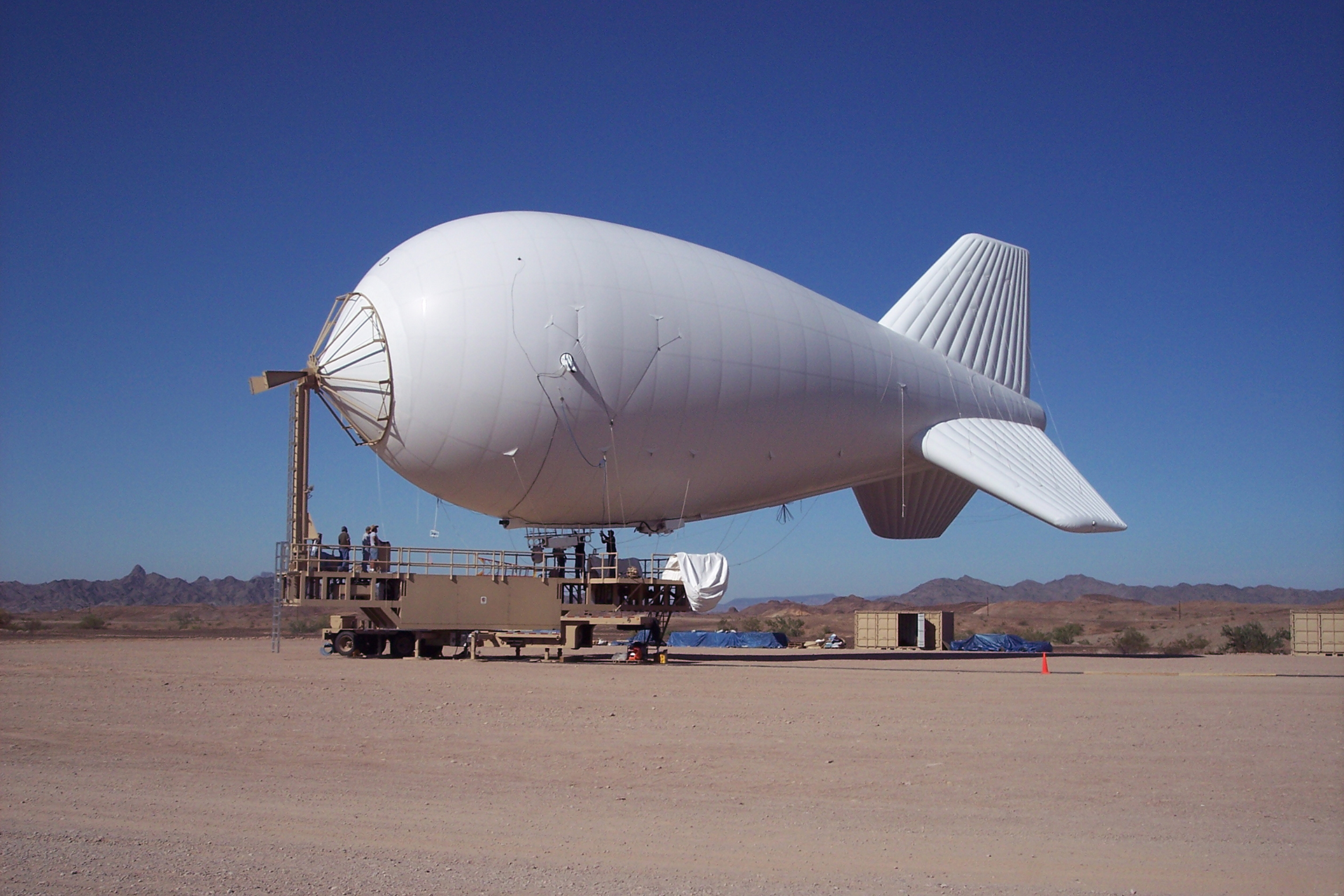From a speculation standpoint, this balloon was never supposed to be over the US in the first place. It was sucked down here by the broken jet stream (polar vortex).
IF it’s indeed a spy balloon, my money is on surveillance of the Arctic where all the “Great powers” have been setting up gear because we’ve identified new shipping lanes that are opening up because of global warming.
We’re there, Russia is there, other NATO members are keeping an eye on the situation up there.
The size of the boom itself doesn’t disturb me, because as you laid out there are physical antenna characteristics that’s need to be in place to allow for world-spanning communications to occur.
This PowerPoint from middle schoolers making these kinds of balloons in miniature shows that this really isn’t stuff that’s outside the capabilities of just regular people. Sometimes a weather ballon is just a balloon.
I’d like to see evidence of the actual equipment, not speculation on it, before I make a definitive conclusion on what this balloon actually was doing, but again it wasn’t even supposed to be over the US except for the fact that we (humanity) have broken how the jet stream operates due to our pollution.



